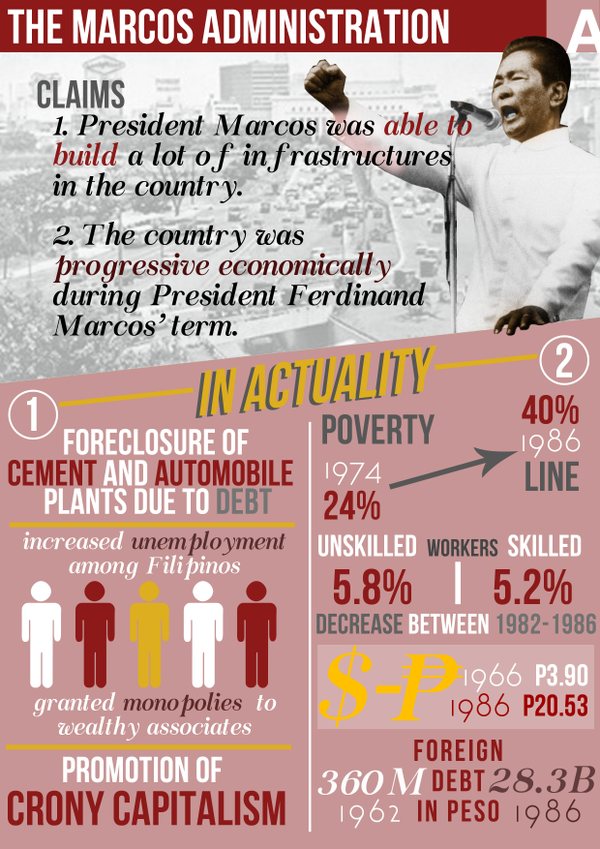Exploring The Rich Heritage And Spiritual Measurement Of Fighting Style: A Detailed Evaluation
Exploring The Rich Heritage And Spiritual Measurement Of Fighting Style: A Detailed Evaluation
Blog Article
Short Article Produced By-Moesgaard Barbour
Enter the ancient globe where martial arts were substantiated of necessity in diverse areas. Societies crafted one-of-a-kind fighting designs intertwined with historical contexts. Techniques developed over centuries with dedicated practice and social exchanges. Today, modern martial arts blend traditional aspects for maximum effectiveness. Philosophically, martial arts emphasize self-control, self-improvement, and harmony. Respect, humbleness, and equilibrium are foundational concepts guiding practitioners in the direction of development and resilience. Check out the depths of this rich history and ideology to uncover the extensive influences forming this long-lasting self-control.
Origins of Fighting Style
Martial arts originated in various regions worldwide, progressing as practical battle systems to resist dangers. These old combating designs were established out of need, with each culture crafting techniques fit to their unique environments and difficulties. From the grappling arts of Jujutsu in Japan to the striking strategies of Martial art in China, martial arts were deeply linked with the historical, social, and social material of their corresponding societies.
In Japan, the samurai course polished martial arts like Kenjutsu, the art of the sword, which later on evolved into the much more popularized form of Kendo. Meanwhile, in Brazil, Capoeira became a mix of dance and battle, created by enslaved Africans as a method to resist fascism. Each fighting style lugs with it a rich background and viewpoint, reflecting the values and beliefs of the people who exercised them.
As you delve into the origins of martial arts, you discover a tapestry of human ingenuity, durability, and the unrelenting spirit of warriors throughout time.
Evolution of Strategies
With centuries of technique and refinement, battle strategies within various martial arts have undergone a profound development. From old styles like Martial art and Martial arts to more contemporary techniques such as Brazilian Jiu-Jitsu and Krav Maga, the evolution of techniques has actually been driven by a combination of social influences, sensible applications, and technological developments.
adult aikido of this development is the cross-pollination of methods between different martial arts. For instance, techniques from typical Japanese Jiu-Jitsu were incorporated into the creation of Judo by Jigoro Kano in the late 19th century. This mixing of designs has actually led to the growth of crossbreed martial arts like Mixed Martial Arts (MIXED MARTIAL ARTS), which incorporate components of striking, grappling, and submission methods.
Furthermore, Click To See More of strategies has actually been formed by the boosting focus on effectiveness and effectiveness in combat. Professionals have continually looked for to fine-tune their techniques through rigorous training, testing, and competition, causing the growth of very specialized and effective combating designs. Overall, the development of techniques in martial arts shows the vibrant nature of fight and the ongoing mission for improvement and technology.
Thoughtful Structures
Discovering the underlying philosophical concepts of martial arts offers insight into their core values and directing ideas. At the heart of several martial arts techniques is the idea of self-control itself. By educating your body and mind to work as one natural unit, you cultivate technique that expands beyond the dojo or fitness center right into day-to-day life. This technique includes respect, humility, and self-constraint, forming not simply your physical capabilities yet also your character.
Another essential philosophical structure in martial arts is the idea of continual self-improvement. The journey of grasping a martial art is endless, with practitioners regularly making every effort to much better themselves, both literally and emotionally. This focus on growth fosters strength, willpower, and a development frame of mind that can be applied to all facets of life.
Moreover, martial arts stress the significance of consistency and equilibrium. Techniques are made to make use of an opponent's power versus them, highlighting the concept of generating and rerouting force instead of fulfilling it head-on. This viewpoint extends to social connections, promoting tranquil resolutions and good understanding. By accepting these philosophical structures, martial artists not just improve their combat skills but also cultivate a way of living fixated personal growth, regard, and consistency.
Verdict
To conclude, the background and approach of martial arts supply an abundant tapestry of practice, discipline, and self-improvement.
Take for instance the story of Bruce Lee, that transformed martial arts by blending different designs and viewpoints to produce his own unique type of Jeet Kune Do.
Via commitment and development, martial artists continue to push limits and inspire others to reach their full capacity both in fight and in life.
